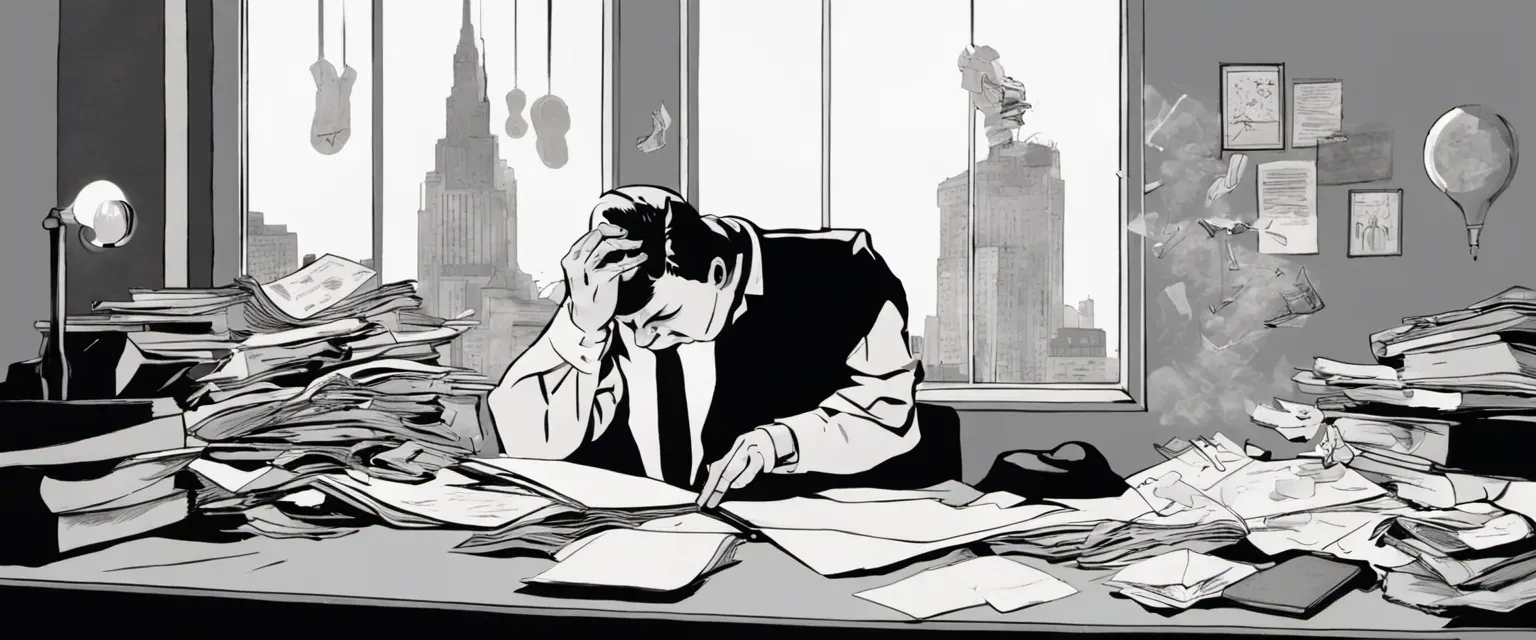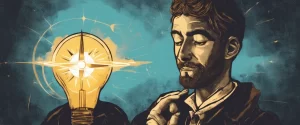——The Undoing Project by Michael Lewis & The Memory Illusion by Julia Shaw
In the realm of cognitive science, the exploration of human memory and its intricate workings has produced captivating and groundbreaking findings. In two remarkable literary works, “The Undoing Project” by Michael Lewis and “The Memory Illusion” by Julia Shaw, readers are invited to embark on a thought-provoking journey that unravels the complexities of memory and its inherent fallibility. While Lewis delves into the pioneering research of psychologists Daniel Kahneman and Amos Tversky, who challenge traditional theories of decision-making, Shaw explores the malleability and susceptibility of our memories, questioning their reliability. Through the lens of these captivating narratives, we are invited to contemplate the intricate interplay between memory, cognition, and perception, ultimately encouraging a deeper understanding of the profound impact memory has on our lives. Thus, in this comparative study, we will closely examine the perspectives presented in both works, exploring the common themes, differing viewpoints, and the underlying implications for our comprehension of memory’s quirks and flaws.
Brief Summary of Two Books
The Undoing Project by Michael Lewis
The Undoing Project” by Michael Lewis tells the story of the compelling partnership between two influential psychologists, Daniel Kahneman and Amos Tversky, and their groundbreaking work that transformed our understanding of decision-making and human behavior. The book explores Kahneman and Tversky’s unconventional friendship, as well as their extraordinary collaboration in the fascinating field of behavioral economics.
Lewis delves into the personal and professional lives of Kahneman and Tversky, from their early years in Israel to their later stints as professors at prestigious institutions such as Stanford and Princeton. The author showcases their complementary personalities and unique perspectives, unveiling how their distinct backgrounds and experiences shaped their research.
Central to their collaboration was the exploration of cognitive biases and heuristics, unveiling the flaws in human thinking and revealing the patterns in which people make decisions. The book examines their groundbreaking studies such as the framing effect, availability heuristic, and anchoring effect, exploring how these biases impact our everyday choices.
“The Undoing Project” also explores the wide-ranging impact of Kahneman and Tversky’s work, from its influence on a variety of academic disciplines to its immense societal implications. Their research fundamentally challenged the traditional rational actor model and revolutionized fields like economics, medicine, law, and military strategy.
Finally, Lewis reflects on the challenges the duo faced, including the complex dynamics of their partnership and the personal struggles they each encountered. Despite their revolutionary ideas, tensions and professional disagreements emerged, leading to a seemingly irreparable rupture in their relationship.
In summary, “The Undoing Project” by Michael Lewis provides a compelling narrative of the groundbreaking work of Daniel Kahneman and Amos Tversky, shedding light on their remarkable scientific partnership that forever altered our understanding of human decision-making and behavior.
The Memory Illusion by Julia Shaw
The Memory Illusion” by Julia Shaw explores the fascinating and deceptive nature of our memories. Shaw, a renowned psychologist, challenges the common assumption that our memories are reliable and accurate accounts of past events. She argues that memory is not like a video recording but more like a reconstruction of events based on personal biases, suggestions, and social influences.
The book delves into various aspects of memory, such as the fallibility of eyewitness testimonies, the misinformation effect, false memories, and the impact of suggestive questioning. Shaw shares numerous studies, real-life examples, and personal anecdotes, along with the latest research in cognitive psychology and neuroscience, to support her claims.
Shaw also explores the role of technology in shaping our memories and discusses the ethical implications attached to emerging memory-editing technologies. She examines how our increasing reliance on digital devices and social media impacts our ability to remember accurately, and highlights the potential dangers of manipulated or implanted memories.
Throughout the book, Shaw provides practical tips and strategies to help readers understand and navigate the complexities of memory. She encourages readers to question their own memories and provides advice on distinguishing between true and false recollections.
“The Memory Illusion” challenges our assumptions about memory and invites readers to explore the malleability and subjectivity of their own recollections. Shaw’s engaging writing style, combined with her deep knowledge of the subject, makes this book a thought-provoking and enlightening read for anyone interested in understanding the elusive nature of memory.
Comparison between Two Books

Similarities in Decision Making
Both The Undoing Project by Michael Lewis and The Memory Illusion by Julia Shaw explore the intricacies of decision-making and shed light on the flaws and biases that influence this process.
1. Cognitive Biases: Both books delve into cognitive biases that affect decision-making. The Undoing Project focuses on the groundbreaking research conducted by psychologists Daniel Kahneman and Amos Tversky, who identified various biases such as the availability heuristic and anchoring effect. The Memory Illusion examines how our memories can be distorted by biases like confirmation bias and misinformation effect, leading to flawed decision-making based on faulty recollections.
2. Influences of Perception: Both books highlight how perception plays a significant role in decision-making. The Undoing Project explores how people’s perception of probabilities can be skewed, leading them to make irrational choices. Similarly, The Memory Illusion explains how our perception of past events can be distorted, leading to misguided decision-making based on inaccurate memories.
3. Emotional Factors: Both books acknowledge the impact of emotions on decision-making. The Undoing Project emphasizes how emotions can override rationality and influence decisions, as seen in the concept of loss aversion. The Memory Illusion also examines how emotions can affect memory formation and, consequently, impact decision-making based on flawed recollections.
4. Social Influences: Both books discuss the influence of social factors on decision-making. The Undoing Project examines how social context, framing effects, and the behavior of others can sway our choices. The Memory Illusion explores how social interactions and external suggestions can shape our memories, ultimately influencing subsequent decisions.
5. Fallibility of Human Decision-Making: Both books emphasize that human decision-making is vulnerable to various biases, errors, and external influences. The Undoing Project argues that our decision-making processes are often flawed due to cognitive biases. Similarly, The Memory Illusion highlights that our memories can be malleable and susceptible to external manipulation, leading to questionable decision-making based on unreliable recollections.
In summary, both The Undoing Project and The Memory Illusion focus on decision-making, uncovering the biases, influences, and fallibilities that affect our choices. They offer nuanced insights into the complexities of human decision-making and provide readers with a deeper understanding of the factors that shape our perceptions and memories, ultimately impacting the decisions we make.
Divergences in Decision Making
The Undoing Project by Michael Lewis and The Memory Illusion by Julia Shaw are both popular books that delve into the complexities of human cognition and decision-making. While they share a common interest in exploring the intricacies of the human mind, there are notable divergences in their approaches and perspectives on the topic.
1. Focus:
The Undoing Project primarily focuses on the groundbreaking work of psychologists Daniel Kahneman and Amos Tversky. It delves into their collaboration and the development of key concepts such as cognitive biases, heuristics, and prospect theory, which have significantly influenced the field of decision-making. On the other hand, The Memory Illusion by Julia Shaw focuses more extensively on the fallibility of human memory, exploring the malleability and distortions that occur in our recollections. While both books touch on decision-making, their primary focus diverges.
2. Collaboration vs. Individual processes:
The Undoing Project emphasizes the importance of collaboration between Kahneman and Tversky in their research on decision-making. It illustrates how two brilliant minds working together contributed to groundbreaking theories and concepts. In contrast, The Memory Illusion, written by Julia Shaw, explores the workings of individual memory and how it can be misleading and prone to manipulation. Shaw highlights the potential for false memories and how they can impact decision-making processes. This divergence indicates a different emphasis on the role of collaboration versus individual cognitive processes in decision-making.
3. Emotional Factors:
Michael Lewis’s The Undoing Project delves into the role of emotions in decision-making processes, drawing attention to their influence on individual choices and judgments. It highlights the biases that emotions can introduce, sometimes leading to irrational decisions. In contrast, Julia Shaw’s The Memory Illusion tends to focus less on the emotional aspect and instead emphasizes the malleability of memory through various external factors, such as suggestion and social influence. This divergence showcases the different perspectives on the impact of emotions in decision-making.
4. Real-world Applications:
While both books provide insights into decision-making, they differ in their emphasis on real-world applications. The Undoing Project by Michael Lewis explores the practical applications of the research conducted by Kahneman and Tversky, shedding light on how their findings have influenced fields like economics and medicine. In contrast, The Memory Illusion by Julia Shaw primarily focuses on understanding how memory works and the implications it has on the legal system and false allegations. Hence, the two books diverge in their emphasis on the practical application of decision-making research.
In summary, The Undoing Project by Michael Lewis and The Memory Illusion by Julia Shaw both explore the complexities of decision-making and cognition but with diverging perspectives and focuses. While Lewis’s book emphasizes collaboration, emotions, and real-world applications, Shaw’s book delves more into individual cognitive processes, memory fallibility, and legal implications. These divergences offer readers a varied approach to understanding the intricacies of decision-making.

Conclusion
Both “The Undoing Project” by Michael Lewis and “The Memory Illusion” by Julia Shaw are highly regarded and worth reading, but it ultimately depends on your personal interests and preferences. Here’s a short description of each book:
1. “The Undoing Project”: Michael Lewis explores the groundbreaking research of Israeli psychologists Daniel Kahneman and Amos Tversky. This book delves into their collaborative work, which revolutionized cognitive psychology and behavioral economics, introducing concepts such as heuristics, biases, and the framing effect. It delves into their personal lives and the intellectual love story that shaped their research.
2. “The Memory Illusion”: Written by Julia Shaw, this book challenges our assumptions about the reliability and accuracy of memory. Shaw, a psychologist, explores how our memories can be distorted, altered, and even fabricated. She examines the science behind memory creation and the fallibility of eyewitness testimonies, shedding light on false memories and the impact they can have in various settings.
If you’re interested in understanding human decision-making and the factors that influence our choices, “The Undoing Project” would be a great choice. On the other hand, if you’re intrigued by the malleability and limitations of human memory, “The Memory Illusion” would be more suitable.



